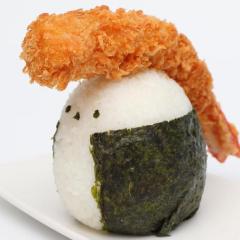-
Welcome to the eG Forums, a service of the eGullet Society for Culinary Arts & Letters. The Society is a 501(c)3 not-for-profit organization dedicated to the advancement of the culinary arts. These advertising-free forums are provided free of charge through donations from Society members. Anyone may read the forums, but to post you must create a free account.
Why cook black beans for 8 hours and what does cooking them in sugar do?
-
Similar Content
-
- 359 replies
- 193,331 views
-
- 7 replies
- 4,189 views
-
- 2,150 replies
- 344,452 views
-
- 288 replies
- 48,056 views
-
- 2 replies
- 974 views
-
-
Recently Browsing 0 members
- No registered users viewing this page.







Recommended Posts